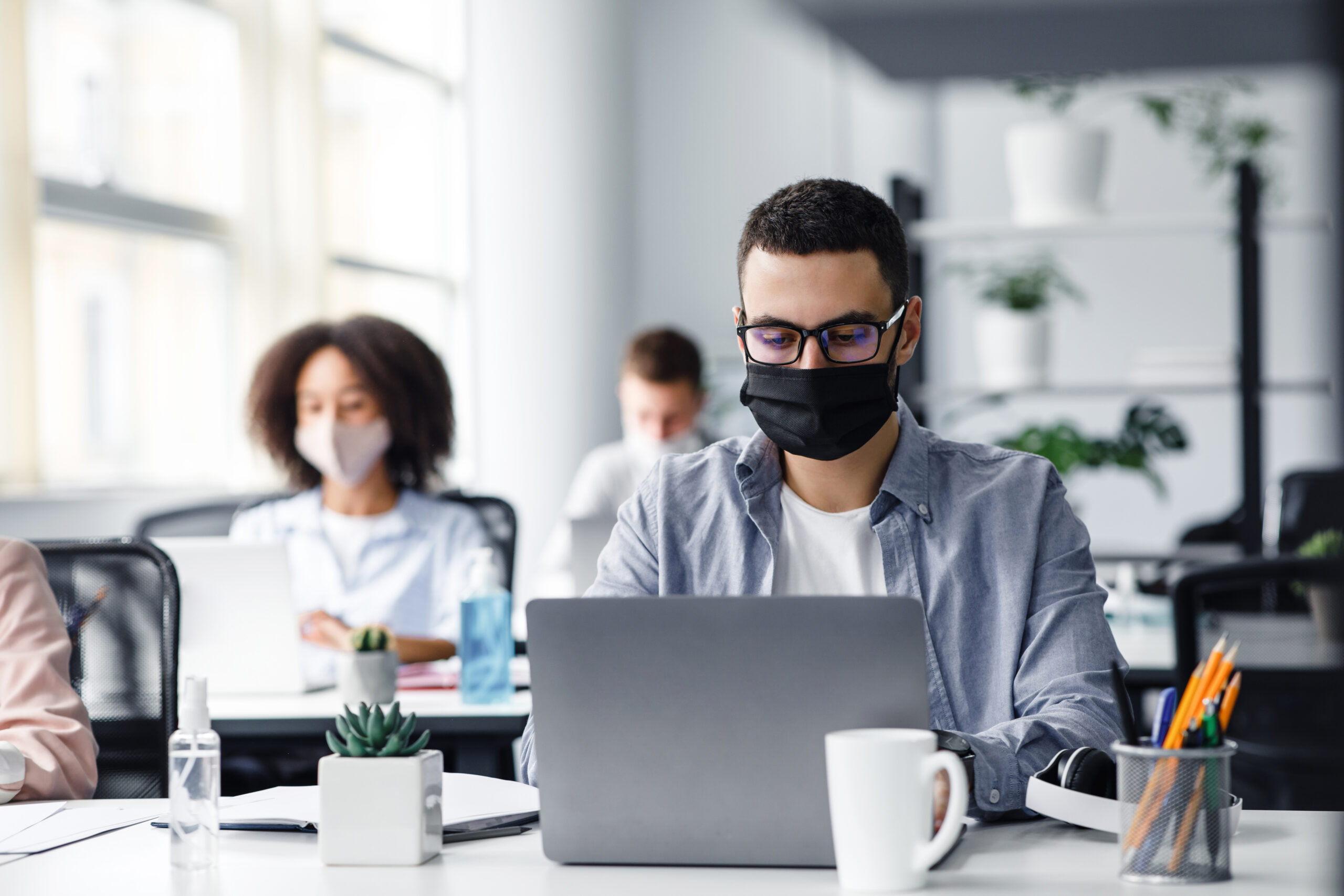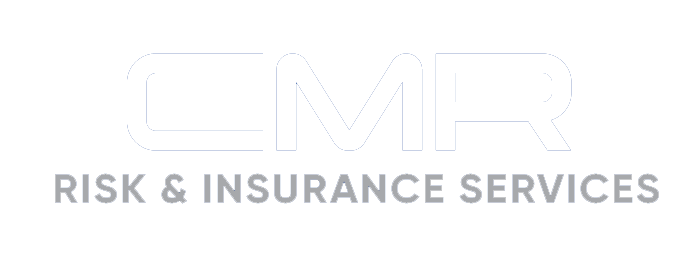Blog

November 9, 2021
Building a Culture of Wellbeing in a Hybrid Workforce
Hybrid models of working — with some employees remote, some in the office and some with a varied schedule — are here to stay. While this flexible approach is appealing to employees, it often poses a challenge for employers who wish to build and maintain a vibrant and productive workplace culture. We know that culture...

November 2, 2021
Fire Risk and the Return to Office
Fire is one of the oldest and most devastating risks businesses face. A fire can completely destroy a business’ premises and equipment in a very short time, as well as seriously injure or kill employees, visitors and customers. With many businesses’ facilities seeing reduced use due to the COVID-19 pandemic, fire risk management may slip,...

October 27, 2021
Prioritizing Mental Health in the Construction Industry
There’s a variety of potential health and safety exposures for construction employers like you to consider at the job site, including falls from height, electrocution hazards and struck-by incidents, to name a few. Yet, one concern that often gets overlooked is employees’ mental well-being. Recent research found that over 80% of construction workers have felt...

October 25, 2021
Cyber Risk Accrual in U.S. Commercial Property Could Trigger $12B Loss
The accumulation of cyber risk in the U.S. commercial property insurance market could trigger a one-in-100-year loss of $12.5 billion, which would cause a downward transition in the AM Best capital adequacy ratio (BCAR) for nearly 20 U.S. property carriers, according to a study by CyberCube, AM Best and Aon plc. The research indicates that insurers...

October 21, 2021
Workers’ Comp and the Supply Chain Crisis
There has been a tremendous focus in recent weeks on the fragilities of our nation’s supply chain. Some everyday products are in frighteningly short supply, hundreds of container ships are waiting weeks to be unloaded, and ominous warnings are being issued that Christmas may not be coming this year. It should be noted that those...

October 18, 2021
Boost Your Company’s Safety Culture
Safety culture is a much-discussed concept these days, but what does it actually mean? According to the Occupational Safety and Health Administration’s (OSHA) Construction Safety & Injury Prevention Program Workbook, “a culture is an attitude that develops over time, based upon learning, personal experiences, beliefs, and upbringing; and is widely demonstrated by company staff. While adjusting...

October 14, 2021
Best Practices to Facilitate a Successful Benefits Rollout
Keeping employees motivated and productive in the current environment is a difficult task on its own, but when you factor in employees who are struggling financially, it’s a whole other ball game. As an employer, you want to help provide solutions by offering desirable benefits like pet insurance, flexible time off, early wage access and...

October 11, 2021
Nonprofit Risk Insights – Governance Best Practices
Governance refers to the strategic direction of an organization and encompasses a variety of functions, including financial viability and how successfully the organization is fulfilling its mission. For nonprofits, governance entails setting direction, making policy and strategy decisions, overseeing and monitoring organizational performance and ensuring overall accountability. Effective governance requires leadership and accountability from all...

September 27, 2021
How to Safely Utilize Temporary Heaters at the Construction Site
As summer ends and outdoor temperatures begin to drop, it’s important for construction employers like you to find ways to keep the job site warm. Doing so can offer a variety of benefits, such as ensuring employee comfort, preventing frozen pipe concerns and permitting construction materials and equipment to function appropriately in cold weather. Temporary...

September 22, 2021
Catastrophes and COVID-19 Fallout Proving Especially Challenging for Real Estate Companies
Among the many industries suffering from the dual impact of COVID-19 and severe weather events, few would want to trade places with the real estate sector. Between tenants having difficulty paying rent or trying to break leases, a myriad of rules around COVID-19 safety, volatile construction material and labor costs, and record-breaking hurricane and wildfire...
